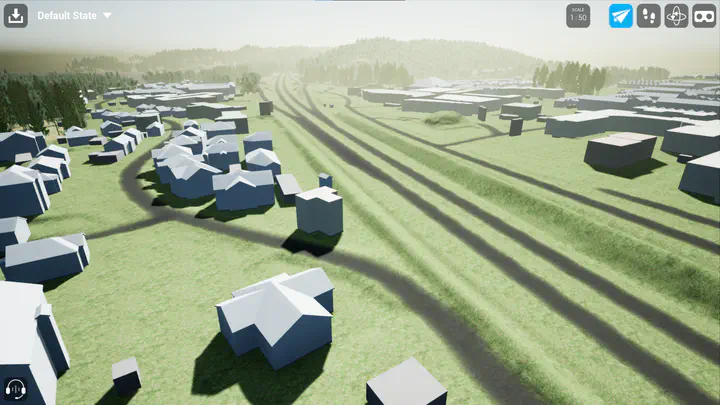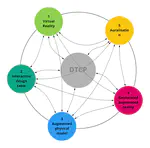Twinable
 Photo by Denys Nevozhai on Unsplash
Photo by Denys Nevozhai on UnsplashThe goal of Twinable is providing the right visualisation, auralisation and interaction methods, tools, and technologies to enable seamless collaboration between different disciplines, scales, and phases. Twinable combines physical and virtual environments which will enable a better understanding of visible and invisible aspects of the built environment. The project builds on existing research and development activities at Chalmers and the DTCC partners.
Procedural Digital Twin Generation for Co-Creating in VR
The innovation lies in combining technologies and methods in novel ways with the Digital Twin City Platform (DTCP) which will provide unique development and research opportunities. Twinable explores research questions such as “How can visualisation and auralisation be combined best on different scales using different technologies?”, “How can participation be facilitated using mixed reality approaches?” and “What is the right level of detail of representation for efficient communication and collaboration?”. More importantly, Twinable supports other milestone projects, explicitly the projects Urban Environmental Comfort Design, Crowd Movement, and Design and Data framework, and partners in numerous use cases on different scales.
Urban data visualisation using mixed reality
These include a building permit dialogue support tool using geolocated augmented reality, multi stakeholder collaboration in virtual reality, virtual co-design with children, mixed reality to visualise and auralise comfort criteria (air quality, noise, etc.) and people flows in the urban context, amongst many others.
AR for building permits and citizen engagement
Related Publications
Procedural digital twin generation for co-creating in VR focusing on vegitation
Combining Open Source and Commercial Tools in Digital Twin for Cities Generation
Towards Urban Digital Twins: A Workflow for Procedural Visualization Using Geospatial Data
Read more on the DTCC project page
Funder: Vinnova



